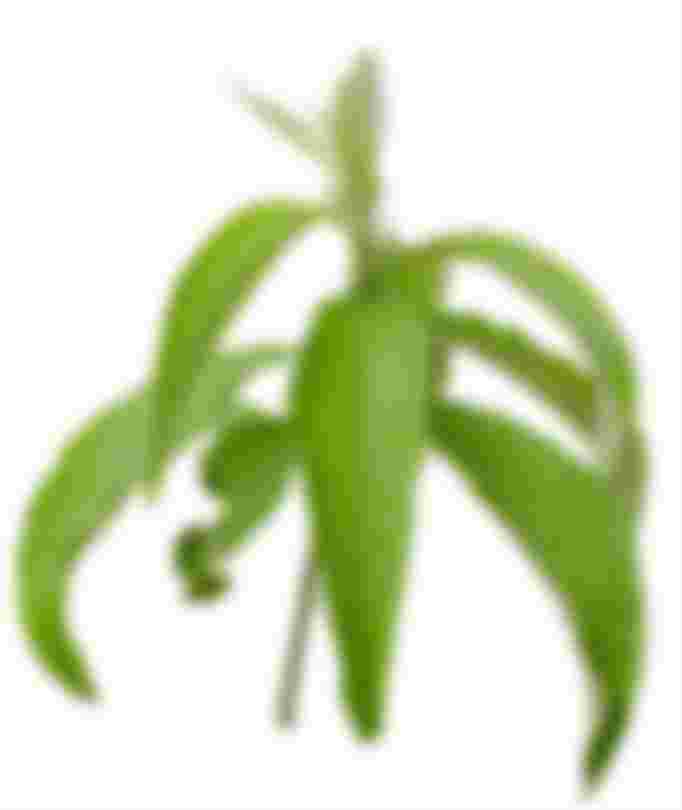Since medicinal plants have been tried since ancient times for generations, they continue to be used today. Many herbal medicines are proven to be effective and safe, including the benefit of sage.

Sage is one of the ten medicinal plants endorsed by the Department of Health (DOH) under Republic Act 8423, also known as the Traditional and Alternative Medicine Act (TAMA) of 1997. The list also includes acapulco, coconut, tea forest, ampalaya, lagundi, ulasimang bato, garlic, guava, and yerba buena.
Blumea balsamifera is the scientific name of sage. Apart from the Philippines, it is found in other Asian countries, such as China, Malaysia, Thailand, and Vietnam. It grows easily and grows from one to three meters in height. The stems are strong with a combination of gray and brown (taupe). The leaves are moderately broad and give a pleasant odor when chewed.
Nutrients of sage
Sage leaves contain the following constituents and nutrients that cure and cure many ailments
Borneol
Camphor
Oxide caryophyllene
A-terpineol
Phytochemicals
Beta-carotene
Lutein
Cyptomeridiol
Flavonoids
Menthol
Benefits of sage
Sage leaves are traditionally boiled to make tea or bath to use as medicine. It is also used as a pill and syrup due to studies conducted on the benefits of sage.
Reduces fever
The sage cools the body until the body temperature becomes normal. Take a few pieces of leaves and grind finely to make a paste. Soak the sage paste in cold water. Then, squeeze it and place on a clean cloth. Fold the cloth and place it on the forehead of or pinch the patient's armpit with fever.
Helps with colds and coughs
Sage has expectorant properties that dissolve colds and sputum in the respiratory tracts, which cause cough and sore throat.
Reduces pain caused by rheumatism
Sage contains anti-inflammatory chemicals that relieve inflammation and stiffness in the bones in the joints caused by arthritis or rheumatism. Make sage paste and apply it directly on the aching joints.
Relieves stomach cramps
Sage has the ability to fight bad bacteria and other microbes in the stomach, so it can treat diseases such as diarrhea and stomach ache.
Provides relief from skin pain
Sage also fights bacteria that cause boils and other skin problems
The dryness is relieved
By drinking sage tea, urination will be increased by reducing the extra fluids that cause the body to dry out or the condition called edema.
Heals kidney stones
Clinical studies under the National Intergrated Research Program on Medicinal Plants (NIRPROMP) at the University of the Philippines have proven that sage has the ability to shrink and prevent the growth of kidney stones in patients. It also includes helping to urinate those with edema without the side effects caused by other medications.
That is why NIRPROMP makes herbal drug formulation from sage leaves in pill form. They claim that sage tablets are "clinically-proven effective yet affordable, safe, and non-invasive alternative to expensive treatments for kidney stones and edema."
It cures high blood pressure
Due to the diuretic properties of sage, the excess sodium in the body is reduced due to high blood pressure. It absorbs excess sodium and accompanies urination.
Prevents cancer
There are more than six types of flavonoids that sage contains. Flavonoids are known as powerful antioxidants that kill free radicals that cause cancer cells.
The benefits of sage are truly amazing. The beauty of it is that the herbal medicine has no side effects. However, caution should still be exercised in its use as a medicine.
Knowledge of Sage as a medicinal plant
Scientific name: Blumea balsamifera (Linn.) DC .; Conyza appendiculata Blume; Conyza odorata Rumph
Common name: Sambong (Tagalog); Blumea Camphor (English)
Image Source: health.ph
Sage is a small plant with a thin but hard, woody body and covered with hairy leaves. The flower grows in clusters on a branch. It usually grows in low-lying areas and vacant lots in some Asian countries, including the Philippines.
What are the nutrients and chemicals available in Sambong?
Different parts of sage plants can contain many types of chemicals and nutrients that can have health benefits:
The sage plant contains volatile oil, l-borneol, l-camphor, limonene, saponins, sesquiterpene and limonene, tannins, sesquiterpene alcohol, palmitin, myristic acid.
It also contains flavonoids, terpenes (borneol, limonene, camphor, a-pinene, b-pinene, 3-carene, sesquiterpenes, monoterpenes, triteroenes, and cryptomeridiol), lactones (blumealactone A, B, C)
What part of the plant is used as medicine, and how are they used?
Some parts of the plant can be used as medicine such as:
Leaves. Sage leaves are the part of the plant that is often used medicinally. It is usually brewed and drunk like tea or mixed with bath water. It can also be crushed and applied to certain body conditions.
Root. Sage root can also be used medicinally. It is served and also drunk like tea.
What diseases can Sambong treat?
Image Source:google

Wounds. Grated sage leaves can be applied to wounds that do not heal easily. This will help to speed up the healing of the wound.
Fever. The sage leaves and roots should be drunk to reduce the fever.
Kidney disease. Drinking sage leaves is also effective in improving the condition of the kidneys. It helps in the continuous flow of urination.
Rayuma. For rheumatic conditions, it is effective to soak the part of the body that hurts the water soaked in sage leaves.
Sinusitis. The sage leaves are also used to treat sinusitis to improve mood.
Cold. Regular drinking of tea derived from sage leaves is effective in relieving cold symptoms.
Headache. The sage leaf is applied to the forehead in case you feel a headache.
Asthma. Sage tea is still effective for asthma conditions.

